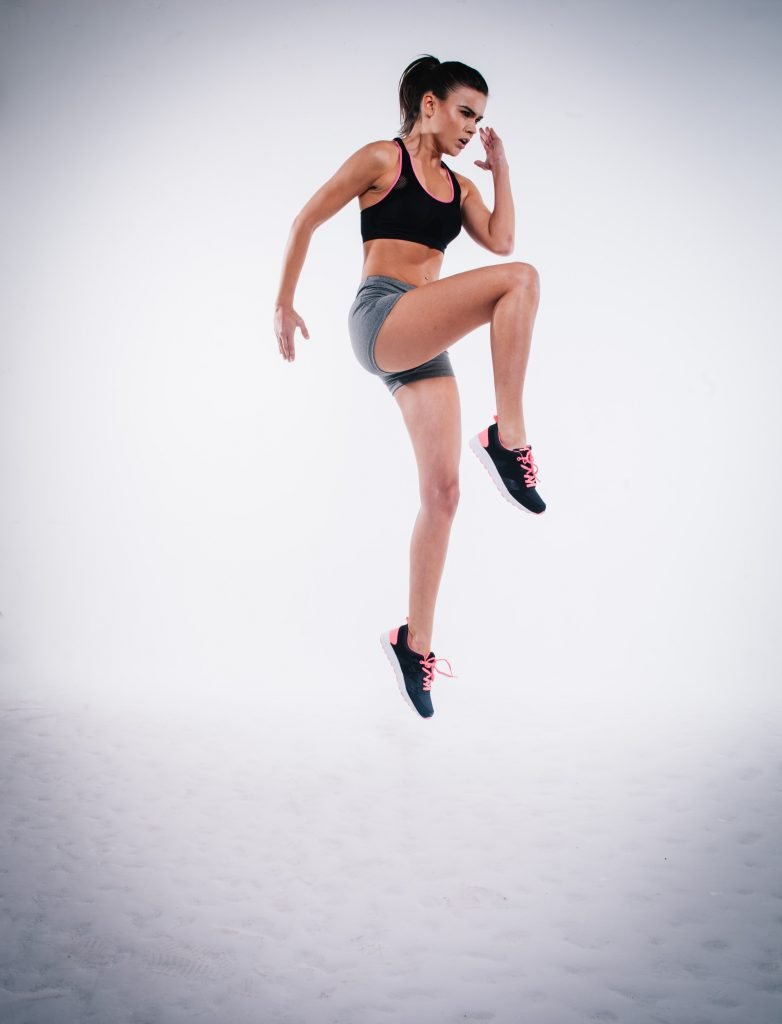
Nervous Stomach Anxiety: yin/yang explanation
Why You get Nervous Stomach Anxiety and How to Handle It. Acupuncture has great ways to help.

Interval training? On a site to do with acupuncture? “And exactly when did the ancient Chinese propose this?” you may be asking!
Well yes. And no, I’ve never read anything about it in the ancient texts. Plenty written about Tai Chi, of course, which I thoroughly recommend, but not about this modern way of training.
However, it has merits when you can’t do Tai Chi, don’t have much time and do want to get fitter. But it’s not for all ages and, if you do it wrongly, can exhaust you.
Done right, however, and you’ll soon start feeling fantastic, easily able to run for buses when, before, you ground your teeth as you watched them disappear into the distance.

If you seriously want to lose weight, and don’t have much time, try interval training as your weight loss exercise.
It doesn’t take long and your circulation will improve almost immediately: your heart will love it! (Of course, do take advice before embarking on any exercise regime if you aren’t sure.)
If you are Yin deficient, then as you begin to improve, and are happy about walking fast without exhaustion, interval training may become a real possibility.
But you should also add some weight training to help you build tone (for men and women who don’t want to build bulk) and bulk (for those men and women who do want to build bulk).
Interval training is easy and you can do a very effective simple form in just about 4 minutes.
It’s got a name which you won’t like the sound of:
Here’s the link to it. Watch the video and start doing it three times a day. You can do it in your office, or your kitchen or, basically anywhere there’s space to stretch your arms out forward, wide and high.
You’ll soon notice the difference: not only will you feel warmer but you’ll be able to run for that bus.
Leave at least two hours between sessions. There’s a reason for this, explained on the page you reach through the above link.
Personally? Yes, I do this, or skipping, or a quick walk up a hill near where I live. And afterwards, or sometimes before, I do a spinal stretch and twist exercise I devised which I also put in my book on Qi Stagnation, in its appendix. (I’m preparing a video of it.)
Together, these movements help to keep your circulation, heart, spine and nervous system in good shape. And take around 6 minutes.
For more advanced forms you need space, or a gym with running (eg treadmill), elliptical, cycling or rowing machines. You should also check with your health practitioner, your doctor or acupuncturist for example, that you’re ready for it.
Personally I prefer to do it out of doors. Recent research at Glasgow University Centre for Research on Environment, Society and Health is backed by Harvard University and concludes that exercising out of doors is better for your mental health.
However, if you aren’t used to running out of doors, perhaps you’d be better in a gym on a treadmill, cycling or rowing machine where there is supervision by trained staff.
That’s it. It shouldn’t take more than 15 minutes, even if you crawl back to the starting point. Probably 10 minutes, max.
Then walk swiftly home or, if you go by car from the gym, do a cooling down exercise: get someone to explain it, though basically it means doing a steady jog or walk for 5 minutes to allow your heart rate to regulate downwards and recover.
And when you first start doing this, you won’t be able to do it eight times. Once will be enough, after which you’ll stagger home and lie down! But at least do it once, even if your run is slower than many people’s saunter. Next time will be easier. (When’s a good time to do it? Not before bedtime! But any other time is ok, so what about during a lunch-break, as per the clock below?)
This particular weight loss exercise makes your system pump like crazy. As you repeat the process every couple of days, you’ll find your whole metabolism improves. Your lungs will work better, you’ll feel more alert, your moods will perk up, you’ll find yourself being more careful about food. And, amazingly, the pounds will shift.
Oh, and you’ll sleep better.
And your heart will love interval training. Don’t think that you should protect your heart (though check with your doctor if you have doubts). Your heart is about the strongest muscle, and the most enduring in your body. The last thing your heart will do is stop(!)
As you get fit, your muscles will burn up fat and tone you up nicely.
Absolutely! By your body: when you’re unfit, your muscles will burn and stop you doing too much. This is because of a build-up of lactic acid which is why your muscles burn or ache as you push your exercising to its limits. As you get fitter, it takes longer for the lactic acid to build up, so you can do more. No outside supervision required!
Your body is designed to exercise. Our bodies didn’t run us out of Africa just to sit around for the rest of eternity.


Stay in Touch!
No spam, only notifications about new articles and updates.

Book a Video consultation if you want to know more about your symptoms

Why You get Nervous Stomach Anxiety and How to Handle It. Acupuncture has great ways to help.
Subscribe to the Newsletter
If you are interested in understanding how Traditional Chinese Medicine can improve your life sign up to my newsletter for the latest updates.
Subscribe to the Newsletter
If you are interested in understanding how Traditional Chinese Medicine can improve your life sign up to my newsletter for the latest updates.